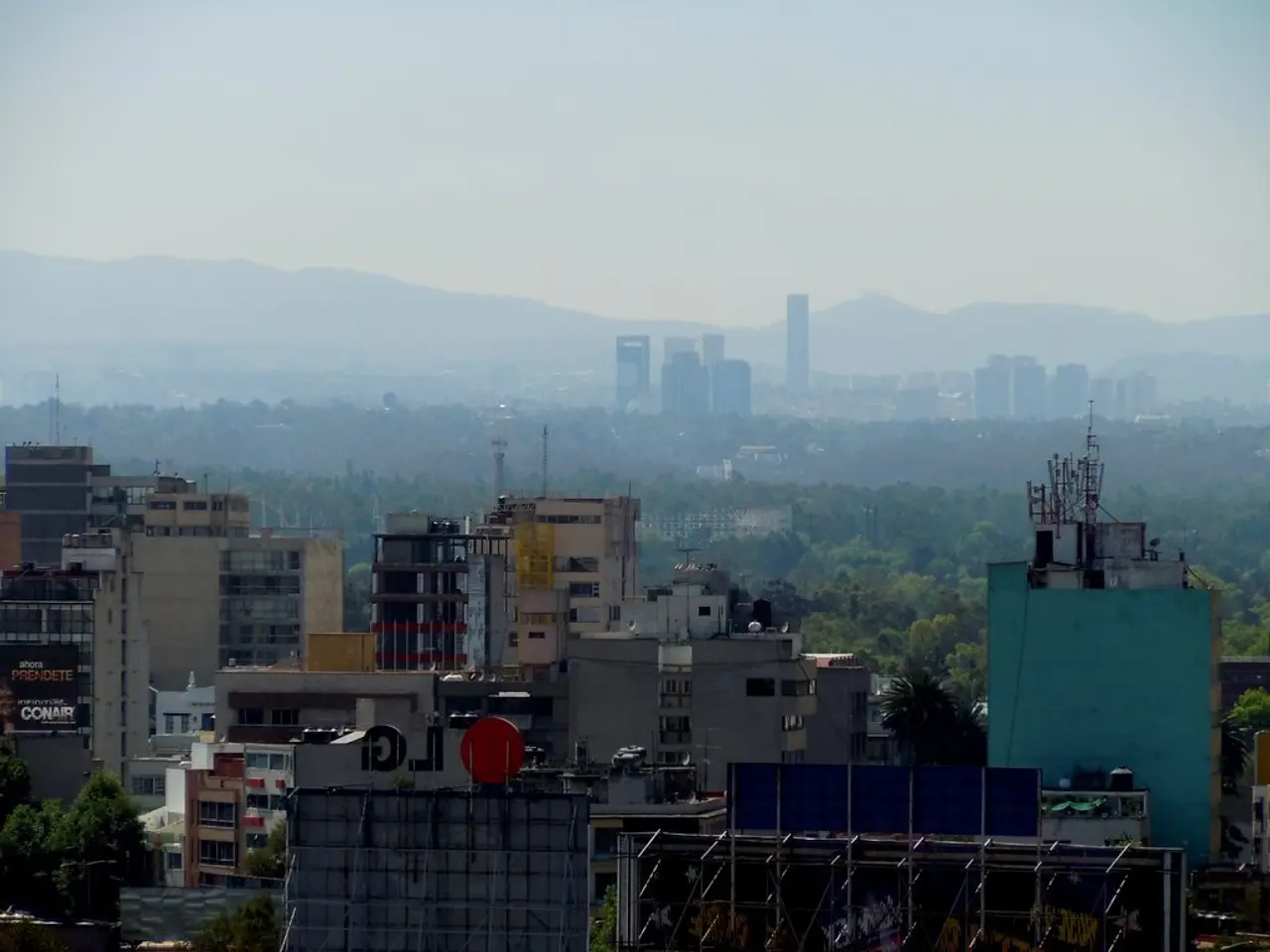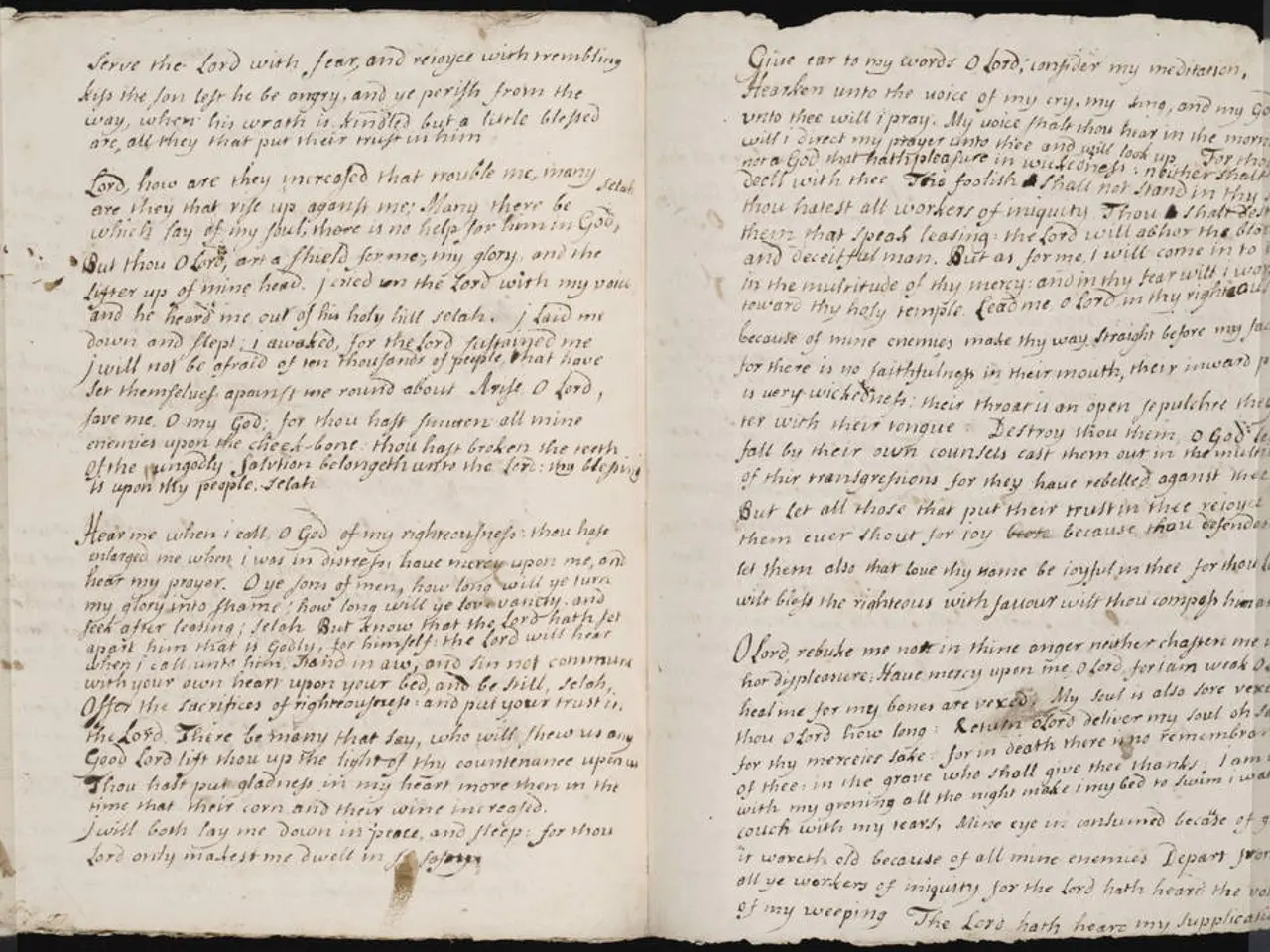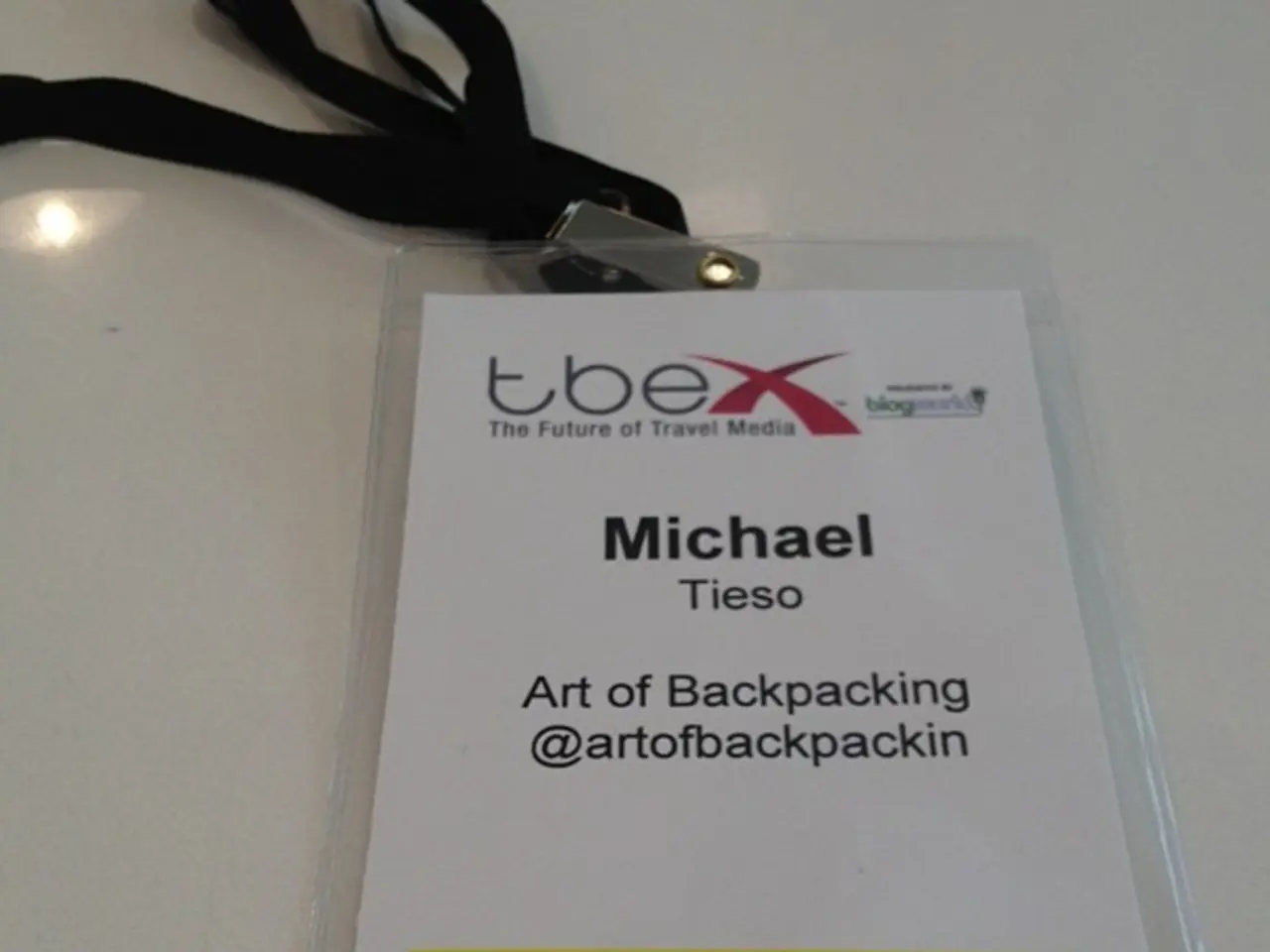A Symbolic Analysis of the Poem "I wasn't his wife; I was only his kid"
Spouse Through Lineage: A Unique Union
This poem, titled "I wasn't his wife; I was only his kid," explores themes of childhood, identity, and resilience through symbolic imagery.
1. Title and Repeated Line as Symbols of Childhood and Identity
The title and the repeated line "I wasn't his wife; I was only his kid" represent the speaker's struggle to define her identity and boundaries within an adult world that prematurely imposed roles on her. The term "wife" symbolizes an adult woman's role marked by expectation, responsibility, and sometimes subjugation, while "kid" symbolizes innocence, vulnerability, and a stage of incomplete selfhood.
2. Symbolism of Childhood
Childhood is symbolized as a fragile, liminal state—caught between total dependence and emerging autonomy. The poem uses the metaphor of being "kid" to emphasize a state of powerlessness, where the speaker's needs and identity are overlooked or overridden by adult realities.
3. Symbolism of Identity
The speaker's identity is symbolically fractured by the confusion of roles—she's neither an adult partner nor a fully protected child. This limbo can be expressed through metaphors of masks, shadows, or mirrors, symbolizing fragmented self-perception or imposed identity.
4. Symbolism of Resilience
Despite the pain and confusion, symbols of growth, survival, or light often appear to visualize resilience. For example, references to natural elements (like trees, roots, or the sun) can symbolize endurance and renewal. The act of remembrance and assertion—repeating the line "I wasn't his wife; I was only his kid"—acts symbolically as reclaiming voice and agency, a form of resistance against erasure.
5. Additional Possible Symbols
- Home: Could symbolize both comfort and entrapment, reflecting the duality of childhood spaces.
- Silence or Voice: Silence may symbolize trauma or powerlessness, while voice symbolizes empowerment and statement of truth.
- Time: References to clocks, seasons, or cycles might symbolize lost time, or the slow passage toward healing.
6. Line-by-Line Interpretation
- The speaker was expected to provide meals and comfort, roles they now realize they faked.
- The woman passed away.
- The speaker is rising from the silence today to say they deserved to be small and play.
- The speaker was carrying a weight because no one else did.
- The speaker was not the man's wife, but his kid, according to the text.
- The man said life still goes on.
- The speaker is now unlearning the woman they faked and trying to find the girl they deferred.
- The speaker was expected to maintain quiet pride, with no room for tantrums or dreams out loud.
Summary
The poem uses the symbolism of childhood, adult roles, and linguistic repetition to explore how premature imposition of adult identities on a child distorts selfhood. Within this framework, resilience is symbolized by natural imagery and the cathartic act of reclaiming narrative. Ultimately, the poem’s symbols interweave to evoke the complex emotional landscape of growing up amidst confusion, loss, and survival.
In the context of personal growth and education-and-self-development, the speaker's exploration of her identity and boundaries within the poem can be seen as a journey of learning and self-discovery, reflecting family-dynamics and relationships that have impacted her life. Furthermore, the process of reclaiming her voice and agency in the poem serves as an example of relationships evolution, emphasizing the importance of personal-growth and working towards improved family dynamics.




